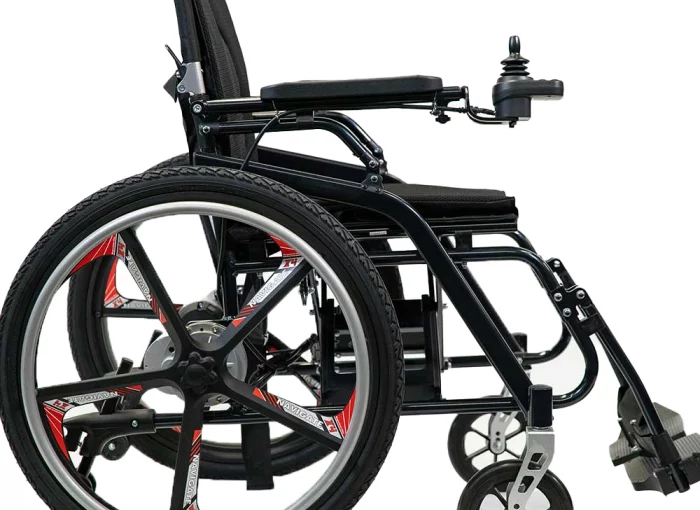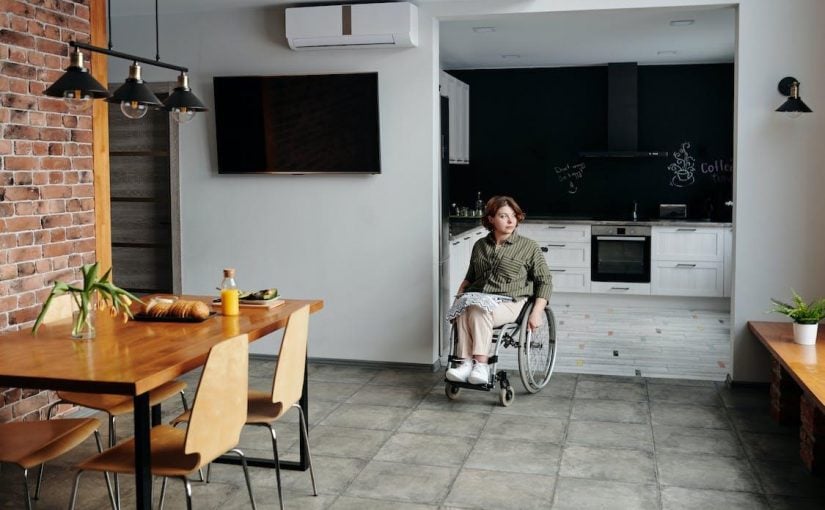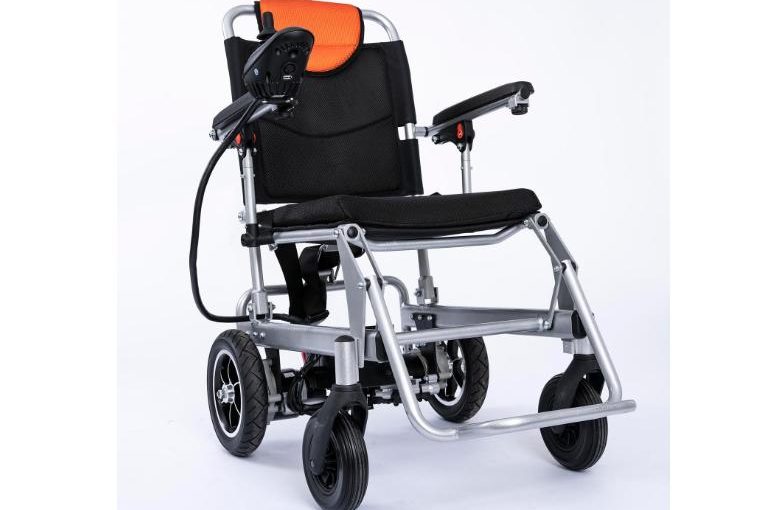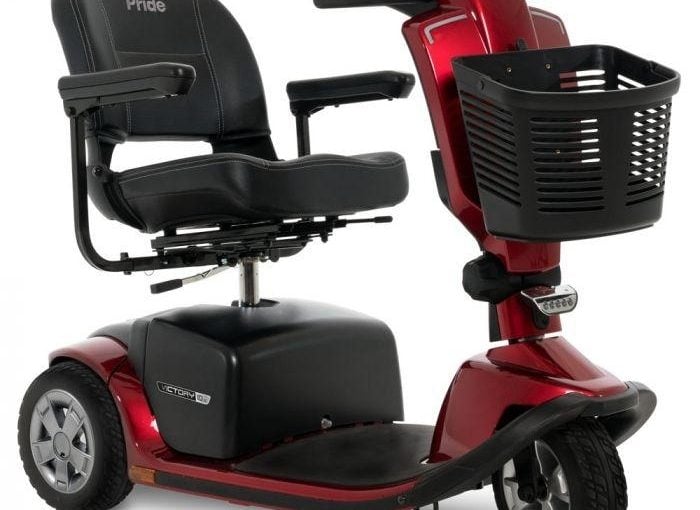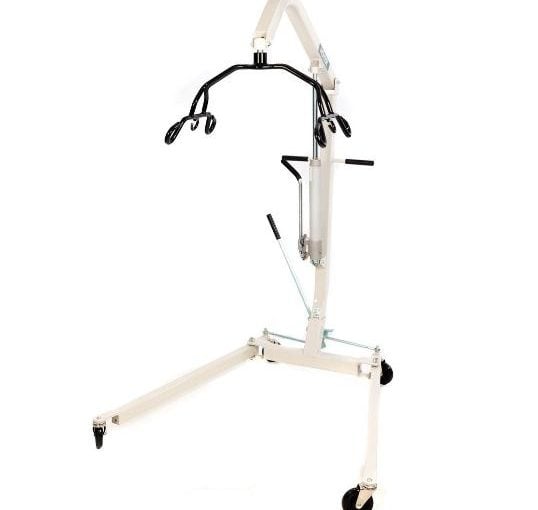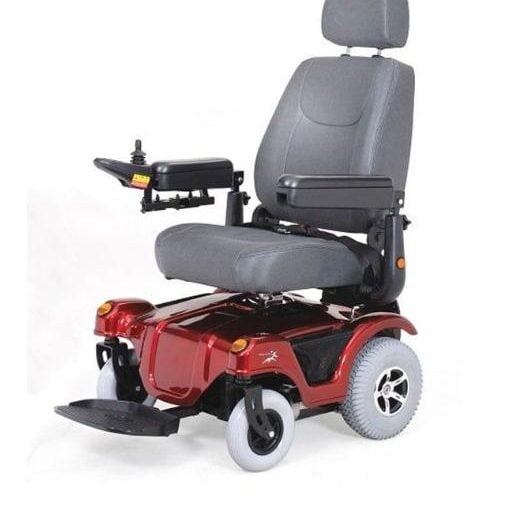Month: October 2022
The Ultimate Wheelchair Accessibility Checklist
Continue reading The Ultimate Wheelchair Accessibility Checklist
New to Wheelchairs? Here’s What to Expect
Future Advancements in the Wheelchair Space
Continue reading Future Advancements in the Wheelchair Space
Buying a Mobility Scooter? Read This Guide Before You Do
Key Takeaway
- Mobility scooters are divided into three classes: Class 1, Class 2, and Class 3.
- The narrow width of Shoprider Scootie makes it the best indoor mobility scooter.
- The compact-saving design of Solax Mobie Plus makes it the most portable scooter.
- The terrain-friendly design of the Tzora Titan 4 Scooter allows for recreational activities.
- Pride Revo 2.0 4-Wheel Scooter is ideal for a smooth and pleasant outdoor ride.
- This wheelchair-accessible Pride Go-Go ES2 3-Wheel Scooter is the best 3-wheel.
- Pride Victory 10.2 3-Wheel Scooter is the best heavy-duty mobility scooter on the market.
- EV Rider Transport Plus Foldable Scooter is a complete package for a 4-wheel user.
Continue reading Buying a Mobility Scooter? Read This Guide Before You Do
Wheelchair Safety Tips: Checklist for Caregivers and Users
Continue reading Wheelchair Safety Tips: Checklist for Caregivers and Users
The Comprehensive Guide to Patient Lifts
The Best Power Wheelchairs for Overweight People
Continue reading The Best Power Wheelchairs for Overweight People
